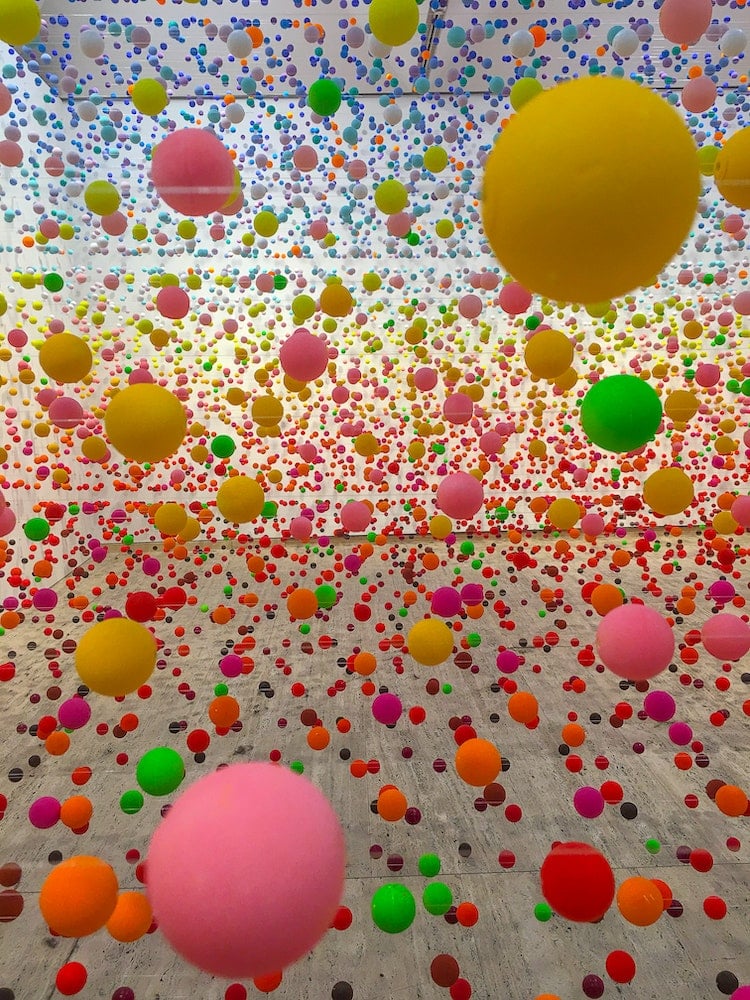In the realm of competitive sports, athletes are constantly seeking ways to improve their performance. One method that has gained popularity in recent years is guided visualization, a mental practice involving the use of imagery to improve athletes’ training and performance. This article delves into the nitty-gritty of guided visualization, shedding light on its impact on athletic performance.
The Role of Mental Practices in Sports Performance
Before looking at guided visualization, it’s essential to understand the broader scope of mental practice in sports. Mental practices encompass a variety of techniques used to reinforce physical training and improve performance.
Avez-vous vu cela : How Can Personalized Neurofeedback Sessions Improve Concentration in ADHD Patients?
Mental practices, including visualization, have been shown to be an effective supplement to physical training. They are often employed for their ability to enhance an athlete’s skills, reduce anxiety, and increase confidence.
In the realm of sports, the mind and the body are intricately linked. Therefore, sharpening the mind is just as important as conditioning the body for optimal performance. Athletes who incorporate mental practices into their training routines often see a boost in their overall performance.
Dans le meme genre : What Are the Benefits of Reflexology in Managing Peripheral Neuropathy?
Understanding Guided Visualization
Now, let’s delve deeper into the concept of guided visualization. This practice involves creating an image in one’s mind to simulate the experience of performing a specific task. The imagery can range from visualizing the movements required for a specific skill, the emotions associated with winning a competition, or the environment of an upcoming event.
Guided visualization helps athletes become familiar with what they will face during competition. They can ‘practice’ their sports in their minds, enhancing the connection between mental intention and physical action. This, in turn, improves their ability to execute actions during actual physical performance.
Furthermore, guided visualization is a powerful tool to combat performance anxiety. By visualizing successful outcomes, athletes can build self-confidence and overcome fear and doubt associated with competition.
The Science Behind Guided Visualization
The effectiveness of guided visualization is not just anecdotal; it is backed by science. Studies have shown that the brain does not differentiate between real and imagined events. When you visualize, your mind stimulates the same neural pathways that are activated during physical practice.
Research has found that imagery can stimulate muscle memory, a crucial aspect of athletic performance. A study published in the Journal of Neuroscience (doi: 10.1523/JNEUROSCI.0141-04.2004) found that simply imagining exercise led to strength gains in participants. This shows that mental training can enhance the physical aspects of sports performance.
Moreover, guided visualization can help control emotions during high-pressure situations. A study published in the Journal of Applied Sport Psychology (doi: 10.1080/10413200.2012.709179) found that athletes who used visualization techniques experienced lesser anxiety and increased self-confidence in competitions.
Implementing Guided Visualization in Training
Knowing the benefits of guided visualization is one thing, but how do athletes incorporate it into their training regimen?
Athletes need to add a structured visualization routine to their training, just as they would add physical conditioning or skill training. This might include setting aside a specific time each day for visualization, creating detailed mental images of specific actions or events, and emphasizing positive outcomes.
Guided visualization is often more effective when athletes work with a qualified sports psychologist or coach. These professionals can help athletes create detailed mental images, maintain focus during visualization, and overcome any barriers that might arise during the process.
Furthermore, repetition is key to effective visualization. Just like physical training, the more the athletes practice guided visualization, the better they become at it.
Application of Guided Visualization Across Different Sports
Guided visualization is not limited to any one sport. It can be effectively used across a wide range of sports, from individual to team sports.
In team sports like soccer and basketball, guided visualization can be used to visualize team strategies and game situations. Athletes can rehearse their roles and responses in different scenarios, improving their in-game decision-making skills.
In individual sports like tennis or golf, players can visualize their technique, anticipating and planning their moves. They can also imagine coping mechanisms for dealing with stress or anxiety during a match.
Regardless of the sport, guided visualization can be a potent tool in an athlete’s arsenal, enhancing their performance and giving them an edge over their competition.
Whether you’re an amateur athlete or a seasoned professional, guided visualization can be a game-changer. By integrating this mental practice into your training regimen, you can unlock new levels of performance and achieve your sports goals. Remember, the battle is not only won on the field, but also in the mind.
The Impact of Guided Visualization on Martial Arts and Other Disciplines
Martial arts and other disciplines that require precision, speed, and strategic moves have been reaping the benefits of guided visualization for years. Guided imagery helps martial artists and other athletes improve the technical and strategic aspects of their performance.
The visualization techniques employed in martial arts go beyond just the physical moves. They also encompass aspects such as combat strategy, response to opponent’s actions, and managing stress and anxiety during a fight. By visualizing these scenarios, martial artists can enhance their decision-making skills in real fights.
Furthermore, guided visualization helps martial artists improve their imagery ability, allowing them to create vivid, detailed mental images. This is crucial for perfecting complex moves and strategies. In addition, it aids in building resilience and mental toughness, both of which are essential in martial arts and other high-pressure sports.
The benefits of guided visualization are not confined to martial arts alone. Other sports and disciplines, including gymnastics, swimming, and even esports, have leveraged this technique to enhance performance. These sports require high levels of concentration, precision, and mental stamina, qualities that can be improved through guided imagery.
Whether it’s executing a perfect dive in swimming, perfecting a complex gymnastic routine, or strategizing in esports, guided visualization can play a significant role. By integrating this technique into their training regimen, athletes across various disciplines can achieve significant performance improvement.
Conclusion: Guided Visualization – An Essential Tool for Athletes
In summation, guided visualization is a powerful tool that can significantly enhance athletic performance. From the evidence provided by sports psychology and neuroscience, it is clear that mental imagery plays a critical role in improving both physical and mental aspects of sports performance.
Guided visualization allows athletes to rehearse their sports in their minds, creating a strong connection between mental intention and physical action. This technique enables athletes to enhance their imagery ability, reduce stress and anxiety, and improve both their physical and mental health.
Visualization training isn’t limited to a specific sport or discipline. Its application ranges from team sports like soccer and basketball to individual sports like tennis and golf, and even extends to martial arts and other precision-based disciplines.
Remember, the key to effective visualization practice is structure and repetition. Athletes must incorporate it into their daily training routine, just as they would physical conditioning or skill training. Working with a qualified sports psychologist or coach can further augment the benefits of guided visualization.
In the competitive world of sports, where physical prowess is often matched, the edge often comes from mental strength and preparation. Incorporating guided visualization can help athletes gain this edge, allowing them to reach new heights in their performance.
In the end, performance psychology makes it clear: The battle is not only won on the field, but also in the mind. Whether you’re an amateur athlete or a seasoned professional, incorporating guided visualization into your training routine can be a game-changer. It’s time to unlock your full potential and achieve your sports goals through the power of your mind. After all, the mind is the athlete’s most potent tool.






